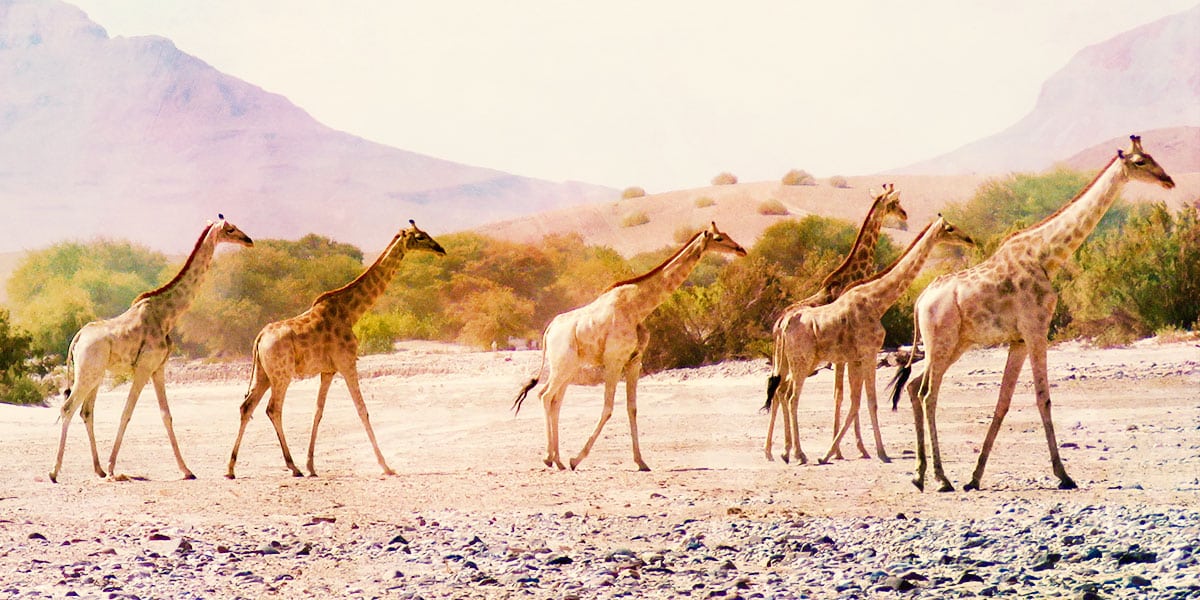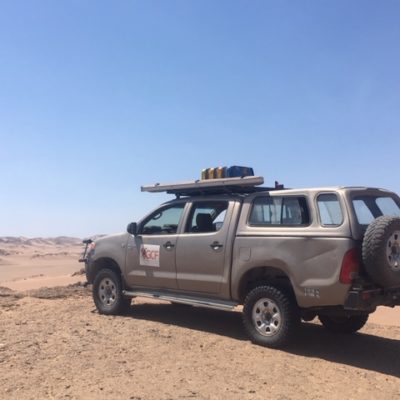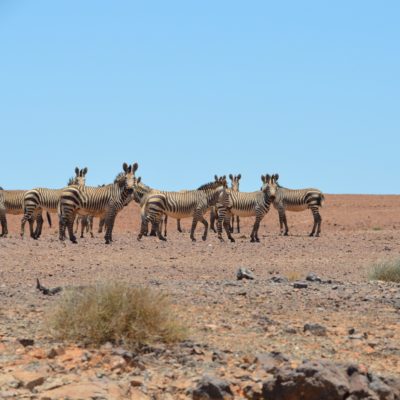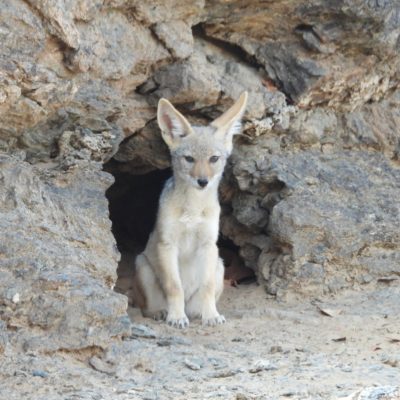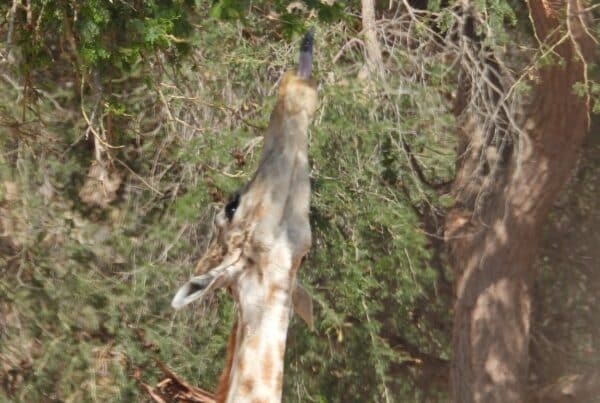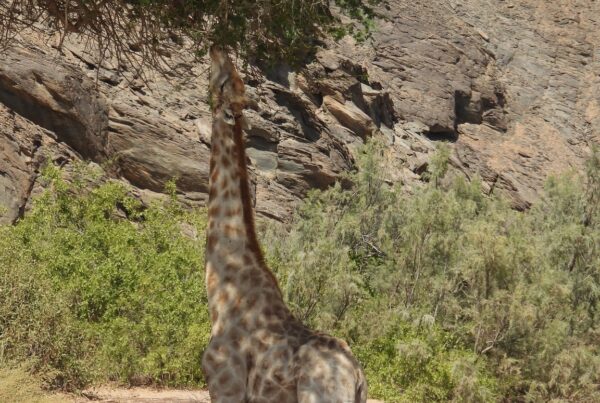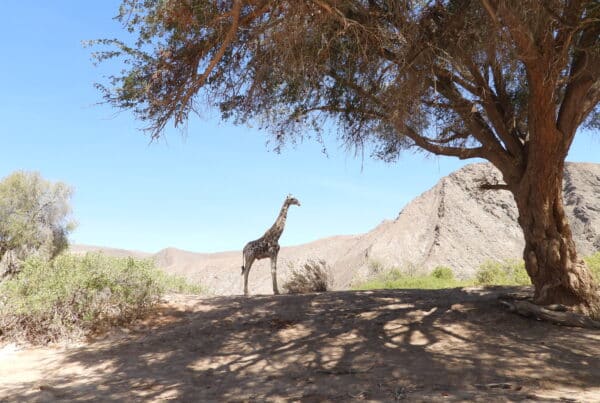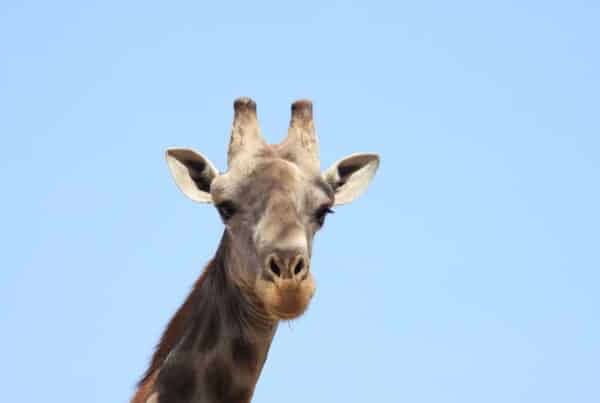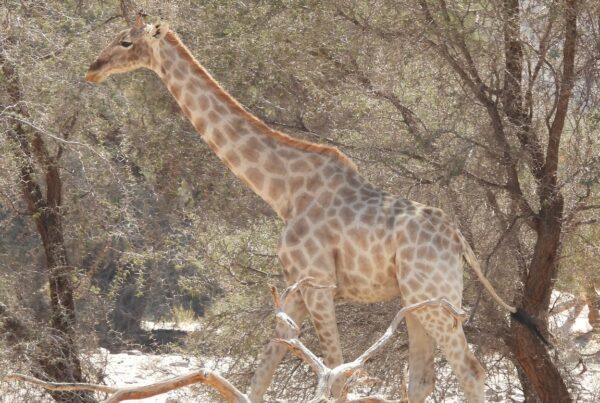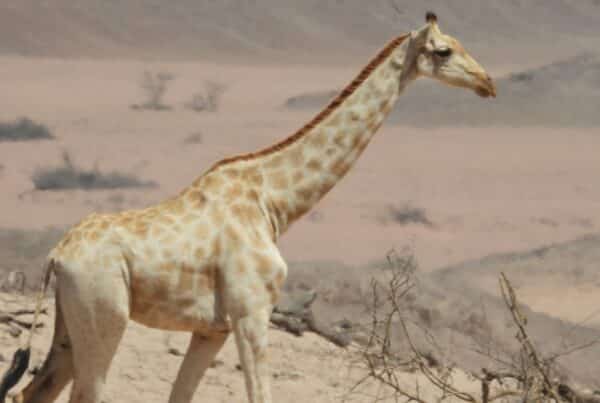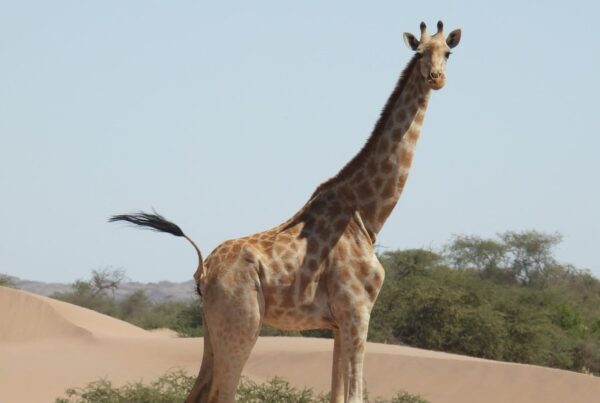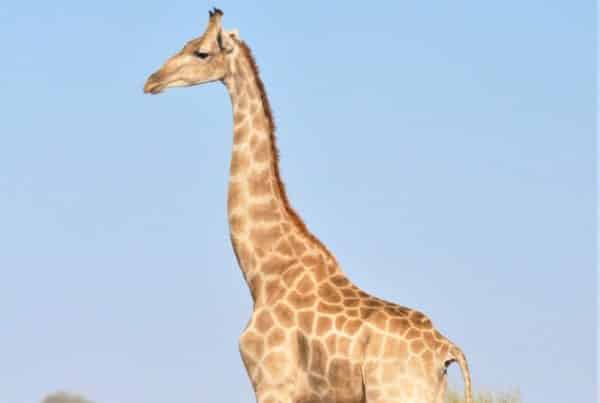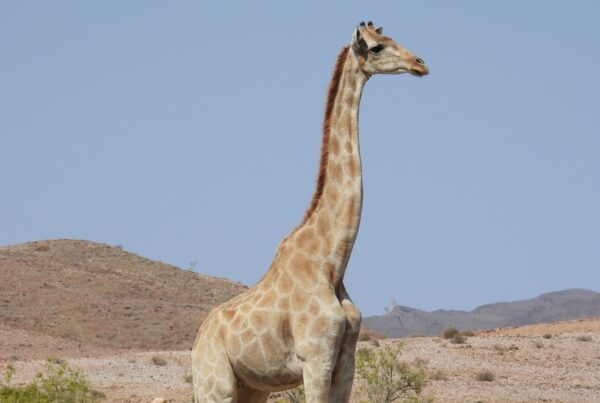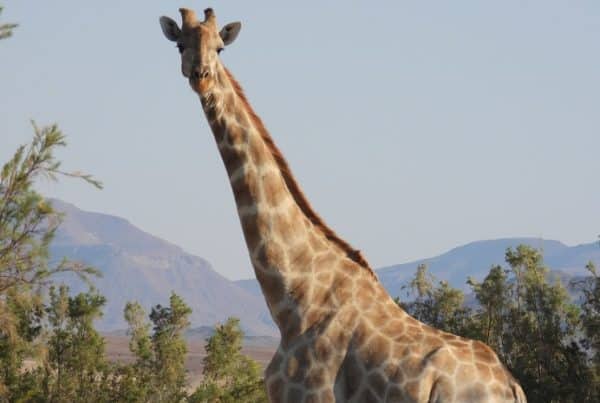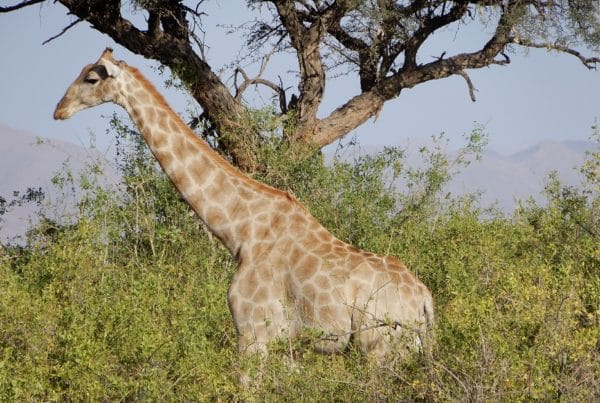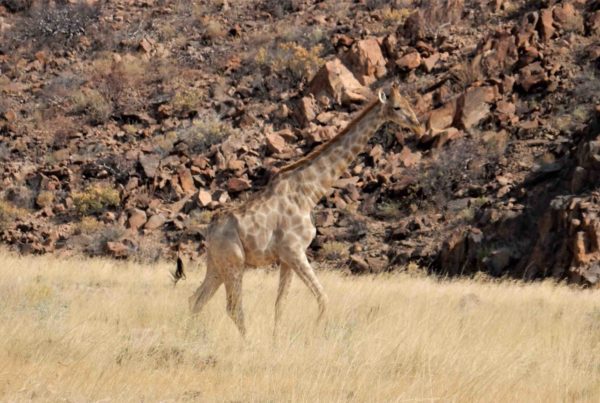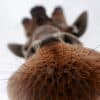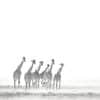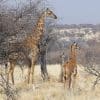Happy New Year to our amazing Adopt-a-Giraffe family and we hope that your New Year’s resolutions are still holding up! Here at GCF we have taken some time to reflect on a pretty amazing 2019 and we keep our 20/20 vision firmly set on giraffe conservation and saving giraffe in the wild.
We would also like to take this opportunity to thank you for your continued support!
Our important work would not be possible without all our donors – and you are one of them! We are looking forward to continue sharing inspiring stories with you about on how together we are making a difference for giraffe in Africa.
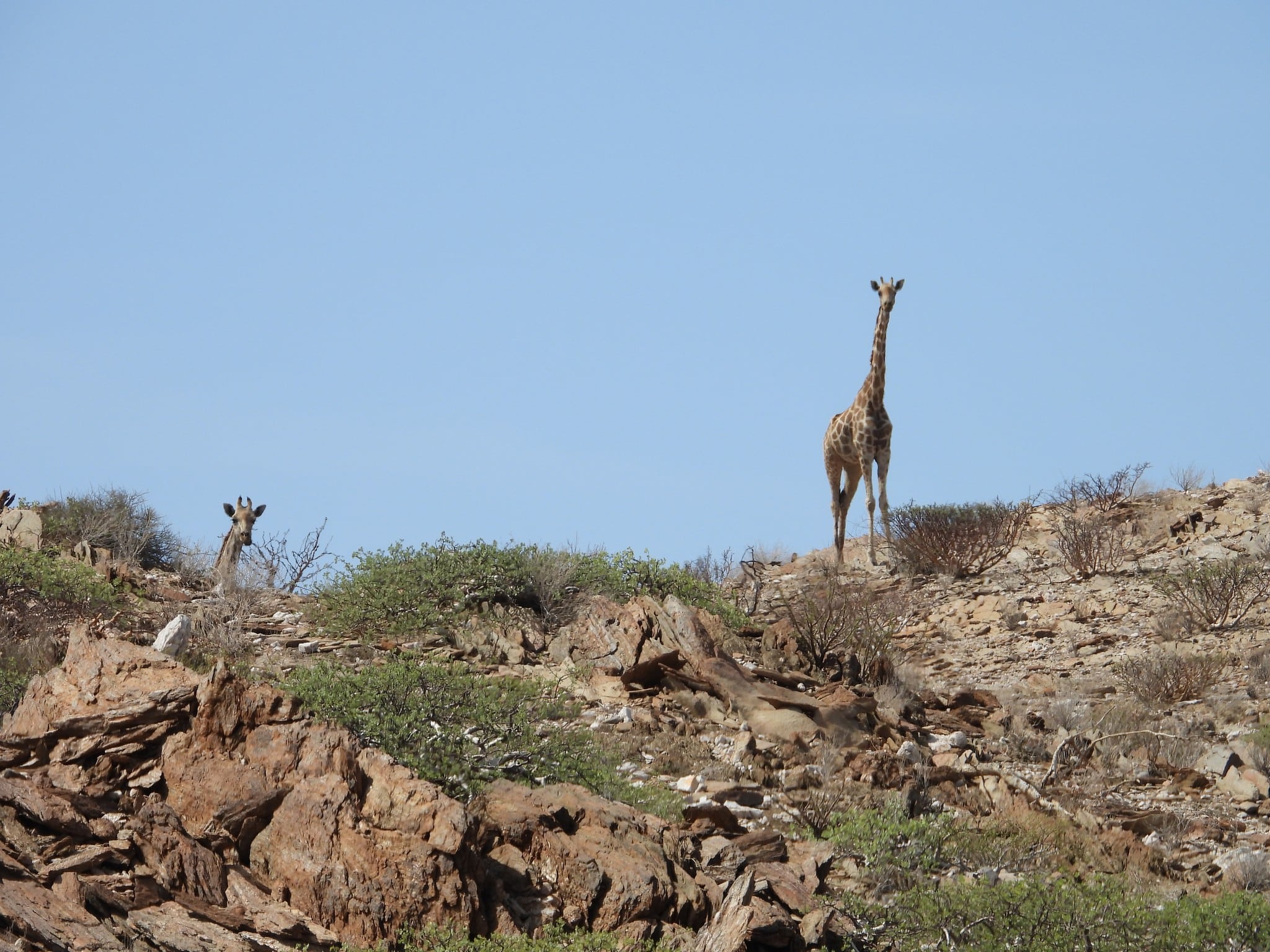
But first a brief wrap-up of 2019.
In 2019, we conducted eight giraffe conservation monitoring trips to north-western Namibia and spotted most of our adopted giraffe quite frequently. We also spend time in the office, analysing our data and we spent quite a bit of time merging our ever-increasing giraffe identification database with the original survey data that GCF Director Dr Julian Fennessy collected for his PhD research in 1999-2003. We are excited to report that one third of the giraffe Julian identified then are still alive and we see them regularly. Even more exciting, that Coffee Bean, Eros and Windy were all first spotted during these early days and are all grown up now and are regular fixtures in the Hoanib River landscape as well as our adoption update reports. Check out the October 2019 Adopt Update for some pretty cute pics of these three.
We also added seven new GPS satellite trackers to giraffe in north-western Namibia. This means that we can now follow the movements of 22 giraffe in north-western Namibia from our office in Windhoek. These ossi-units already show some interesting results: Who would have thought where these giraffe move and what distances?! Pretty amazing to see – no wonder we struggle to find them at times!
As we welcome the new year and indeed the new decade, we also have to bid a sad farewell. When in the field, our vehicle becomes our home away from home and we have grown very fond of our trusty Toyoto Hilux ‘KT’. KT has been part of the GCF team for almost four years and during this time she has logged over 90,000km through the toughest terrain in Namibia. KT has taken us over rocky and steep mountains, through dry and sandy riverbeds, muddy rivers and into very remote corners of the vast Kunene Region in search of giraffe. Along the way KT has collected her fair share of tyre punctures and the rough terrain has recently started to take its toll on her chassis and engine. In November KT took one last trip into the North-West, rounding out the year with a record six tyre punctures in one trip, and has now officially retired from GCF.
Thanks to our generous donor base, we were able to replace KT and would like to introduce you to Betty, AKA Betty White (Get it? It’s a white truck and the real Betty White loves giraffe!) our new wheels – a second-hand Land Cruiser. Betty has been kitted out for the bush by our local outdoor supply store, Bushwhackers, and we are excited to take her to the field shortly to start the 2020 field season.

The end of 2019 finally brought some long-awaited rains, and splashes of colour have started returning to the stalk Namibia landscape. The Northwest is no exception. Heavy rains in the Hoanib and Hoarusib Rivers’ large catchment areas in the eastern part of the Kunene Region resulted in both rivers flooding in late December. In early January, the Hoarusib River made its way all the way to the Atlantic Ocean – a spectacular and rather rare sight! While our study area and the entire country has far from recovered from the drought, good rains in some parts of Namibia and the large torrents of water flooding down several rivers will go a long way to replenishing the water tables and sustaining plants, animals and humans alike.
With flooding rivers, our movements in the area are restricted, however, as we can now follow some of our giraffe online. While the Hoarusib River was in flood, we could see our tagged giraffe moving away from the river and into the mountains. Even those who stayed close the rivers have moved somewhat to higher ground and out of the now wet riverbeds. It is good to know they are staying out of trouble as best they can and while we cannot see where all the giraffe are, we do trust they have all managed to keep their hooves dry.
2019 experienced quite a baby boom, with 36 new giraffe calves identified in our study area and quite a few more pregnant females roaming the North-West. Some of these soon-to-be-mothers are our giraffe adoptees Windy, Kunene, and Kaoko. With a gestation period (pregnancy) of almost 15 months, a giraffe pregnancy includes a long wait. At birth, giraffe calves weigh typically around 65kg (150 lbs.) and stand 1.75m (6 feet) tall. We hear all you mothers gasping and yes, that is one big baby. The good news is these their ossicones (horns) are not attached to the scull at birth and lie flat on the head. Did you know that giraffe calves can stand within an hour and walk and run shortly after?
Here is a wrap up of what all our giraffe adoptees have been up to in 2019.
Sightings
Coffee Bean
Coffee Bean has had a busy year and he appears to be quite the ladies’ man. You may remember his necking match with Eros and then we spotted him sharing some Ana tree (Faidherbia albida) pods with his lady-friend Peace. More recently in November he showed a lot of interest in Kim, one of the female giraffe we track with an ossi-unit. Timing is important for male giraffe as female giraffe are only receptive (or in oestrus) for about 24 hours. While it was pretty obvious to us that Kim was not really interested in him, Coffee Bean was ready for action and busy keeping several other male giraffe at bay.
Dobby
Dobby had us fooled! Dobby’s pattern has lightened with age. While the cause is unknown, this is rather commonly seen in male giraffe in north-western Namibia. We thought he had all but faded away, but he apparated in the Hoarusib River (You’re welcome, Harry Potter fans!) towards the end of the year looking light and handsome as ever. We spotted him with a group of other male giraffe, but we are pretty sure that he is on the prowl and searching high and low for a female mate or two – hence the disappearing act. Good luck, Dobby! Enjoy your freedom, we will be looking for you next year.
Eros
Eros seems to enjoy his own company, but we also spotted him together with some older bulls like Coffee Bean and Long Spot. While they at times seem to hand out together happily, we also found Eros sparing/necking with Coffee Bean in a dominance fight for mating rights. It looks like these bulls are currently the dominate bulls in the Hoanib River and we are sure they that some of the many calves are theirs. Keep up the good work Eros!
Kaoko
Kaoko is a regular in the Hoarusib River and we spot her almost every trip. In November we spotted her in a large mixed herd of 23 animals and then a couple days later again, this time in a small all-female group. She seems to enjoy spending time on the gravel plains near the river and we are pretty sure that is where she his hanging out at the moment as the riverbed is still wet and muddy. We suspect that she might be pregnant, and we will keep you posted. Fingers crossed we are right this time!
Kunene
Kunene made a return to the Hoanib River early in the year and was spotted hanging around the Skeleton Coast National Park for most of 2019. As we found her as part of a herd with a young calf, we suspected she was working on her auntie skills. Most recently, we got a glimpse of her in the hills next to the Hoanib riverbed. She was part of a herd of about ten giraffe and we cannot be sure, but thought our long camera lens, her tummy looked rather bulged and we are hoping for a calf in early 2020. Let’s hope the baby boom continues!
Monkey
True to form, Monkey continued her game of hide-and-seek throughout the year. One reason for not seeing her very often is her large home range – this lady is truly on the move! Recently, we spotted her in the Khumib River and the very next day encountered her again in the Hoarusib River – over 30km south. And we are not talking smooth and easy terrain. Monkey is obviously serious about getting her daily steps in. Towards the end of the year, we found her in a rather social setting as part of a large herd of mixed age and sex.
Muffin
Muffin was last seen in the Palmwag Consession in late 2018. This is a rough and rugged area with lots of valleys and hiding spots and on the very edge of the survey area. Unfortunately, the team did not spot him in 2019 but we think that he might have moved further south to greener pastures. He might just have found a lovely female giraffe to keep him occupied. Some of you have recently asked why Muffin is not included in the list of new adoptees anymore. As we have not seen him in such a long time, we don’t feel it is fair to his adopters who are desperately waiting for news every month. We will make sure to let you know when we spot him again, but in the meantime we would suggest you start following another less illusive giraffe in north-western Namibia.
Windy
When we saw Windy last October, she sported a large pregnant belly and her udder appeared full, which means that she was most likely very close to giving birth. In November, our team searched for her high and low, but we did not find any sign of her. We heard from local tour guides that they had spotted a female with a young calf very close to where we had last seen Windy, but unfortunately, they could not confirm her identify. Females often move to a more secluded area to give birth and hide their calf for a while before reappearing. With an experienced female like Windy we are not too concerned and we will keep a close look out for her on our next trips.
Winky Wonk
Winky Wonk spent some time in the Hoarusib River and was observed in company of a few different giraffe and herds this year. We last spotted him hanging out with Kaoko while snacking on Ana trees. Unfortunately, he has given us the slip since mid-year, but we are not really surprised, given the distances male giraffe tend to travel. However, we hope to catch up with Winky Wonk sooner rather than later.
Thanks again for your continued support.
GCF would not be the same without our Adopt-a-Giraffe family. We are looking forward to a fun, fabulous and adventure filled 2020.
Get Involved, Stay Involved
Give
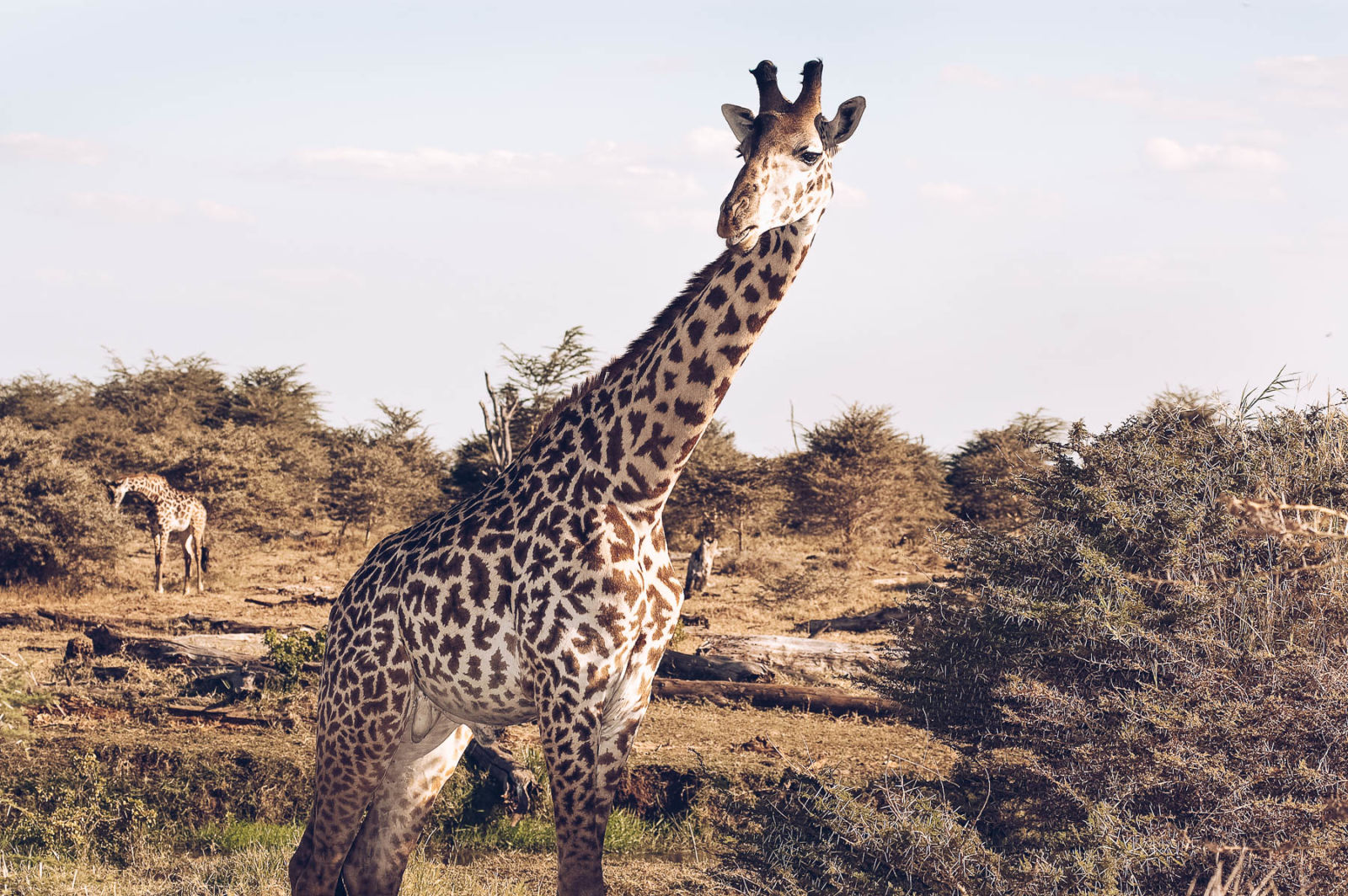
Donations are the bread-and-butter of our conservation work.
Your donations directly contribute to our ability to ensure a sustainable future for giraffe in Africa.
Adopt
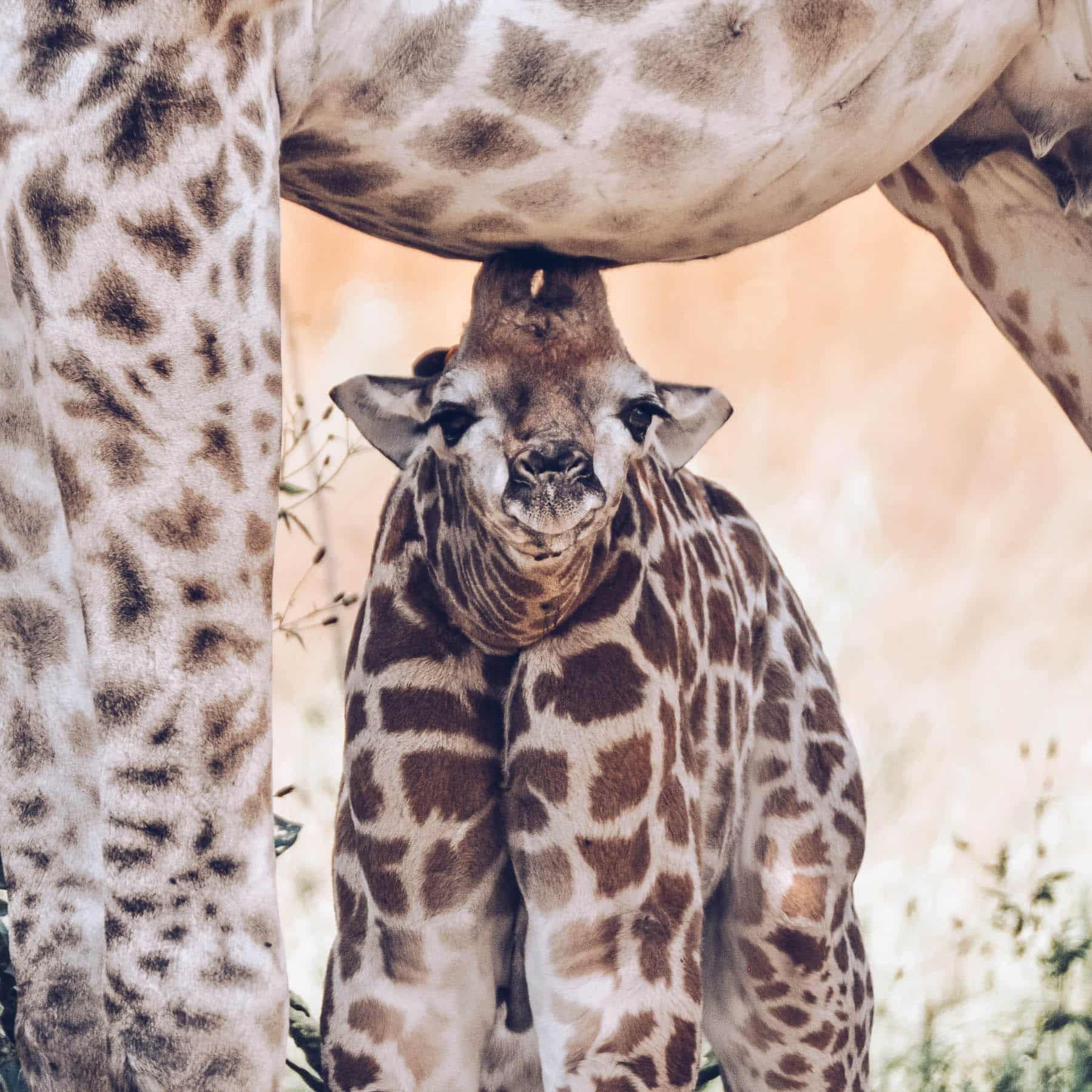
Giraffe Adoptions give you a personal connection to GCF’s work.
Much like donations, adoptions directly fund our conservation work.
Spread the Word
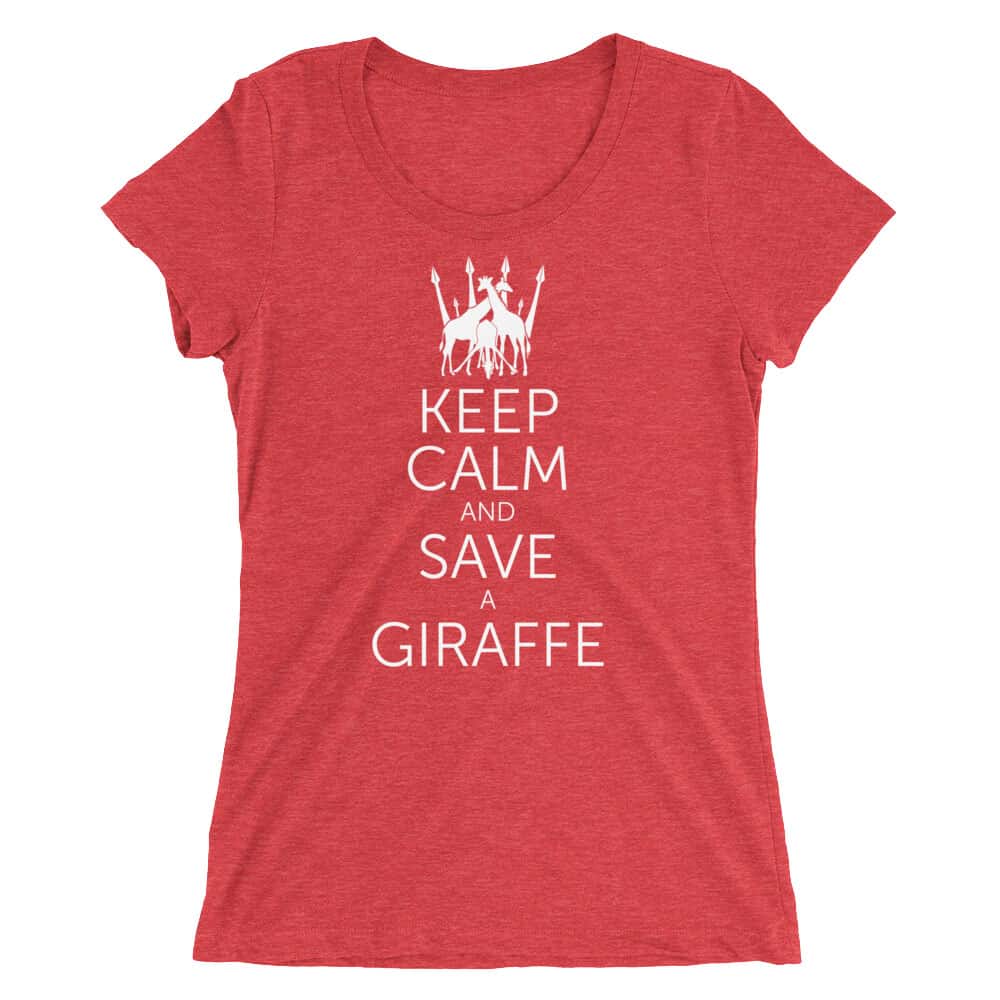
Wear our official apparel to support our work, and our message.
By buying official GCF gear, you’re supporting our work in two ways:
- You are literally wearing the message to help spread the word about giraffe endangerment.
- Funds from each purchase directly support our conservation work in Africa.

